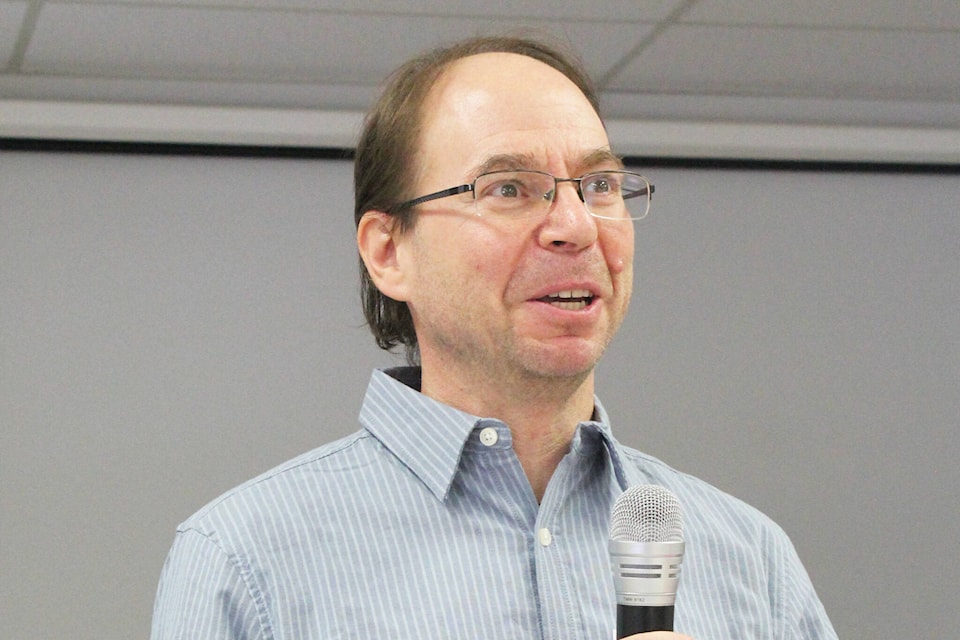What is a regional district and why does it matter?
For town residents, regional districts (RDs) provide many community services and work with member municipalities on various issues.
If you live outside town boundaries your local government is the RD board and electoral area director (EAD), not mayor and council.
When we can answer ‘what is a regional district’ we can direct our concerns or praise to the right place, which leads to more effective decisions, and helps us understand all parts of the Bulkley Valley.
In this column, we will use decisions at the Regional District of Bulkley Nechako (RDBN) to look at the decision-making process: voter assent or council resolutions; legislated versus optional public engagement; RD staff rolls; political and community input, as well as impacts of the decision on municipal and rural residents.
Since the Hazeltons are part of the Regional District Kitimat Stikine (RDKS) we will cover their decisions from time to time as well.
The first decision regional district boards must make is to choose a chair. As RDKS Electoral Area B director Cyra Yunkws says, someone who is ‘trustworthy, experienced, funny, and understands issues.”
One of the main jobs of a chair is to run effective meetings, but Cyra points out that advocacy for the community, representing the region, building vision and the ability to carry out a strategic plan are also important skills needed for the job.
Thursday, Nov 17 was the inaugural RDBN meeting at which Mark Parker was elected chair.
Mark served as EAD for Area D (rural Fraser Lake) for two terms and describes the role of chair as “getting everyone to be a cohesive, positive board and creating a team atmosphere. Then, once everyone understands the process for good healthy debate, work towards setting direction and moving things forward.”
To support this work will be Shane Brienen, mayor of Houston, who was elected vice chair. The two bring rural and municipal, eastern and western perspectives to the helm.
In the western end of the Bulkley Valley, the Regional District of Kitimat Stikine returned Phil Germuth (mayor of Kitimat) to the chair position at its Friday, Nov 18 meeting.
Being chair is a big job considering the population of both the RDBN and RDKS is larger than our provincial electoral riding of Stikine.
There are no set hours, but combining regular director duties and chair duties could be a full-time job.
Like all elected positions, there is no hourly rate, but a monthly remuneration. The RDBN base compensation for chair is double a regular director at $1,650 per month.
Director remuneration comes from the ‘general government’ budget, meaning both rural and municipal residents pay $0.0025 per $1,000 of property assessment or $0.62 per year for the average homeowner using an assessment (not appraisal) of $250k.
For more about your regional district go to www.rdbn.bc.ca or www.rdks.bc.ca.
